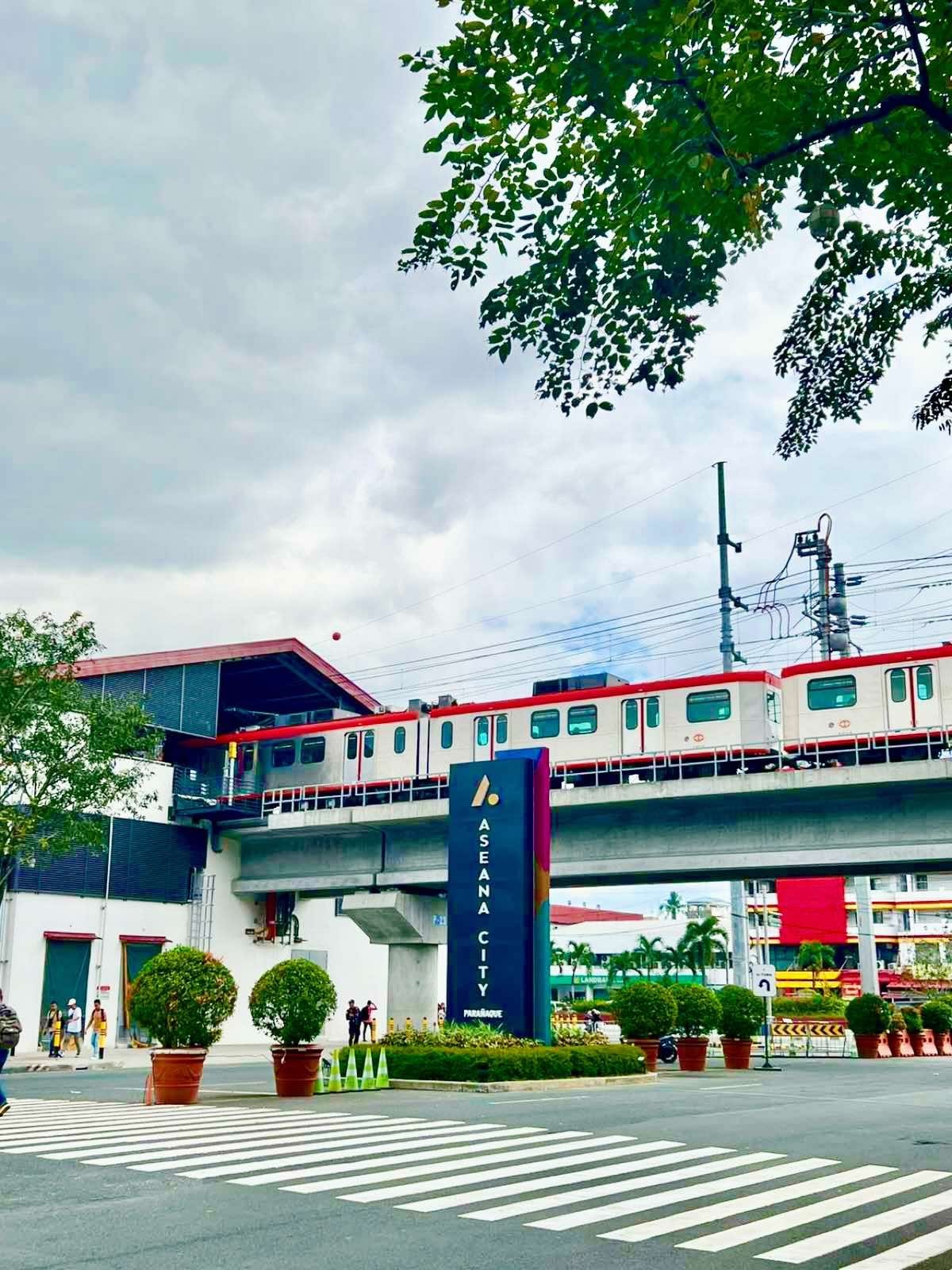
Out of Town Blog
Redemptorist Aseana Station: Rail Connectivity Powers Aseana City’s Rise
Parañaque City, Philippines — As EDSA prepares for rehabilitation and commuters face ongoing traffic congestion, a quietly powerful solution is transforming how Metro Manila moves: improved rail connectivity.

According to the latest TomTom Traffic Index, Metro Manila’s congestion level averages 41%, with hotspots like Pasig, Makati, and Quezon City ballooning to over 120% during rush hour. For the average commuter, that means more than four days and seven hours lost each year in traffic; time that could have been spent with loved ones, on hobbies, or simply resting.
For D.M. Wenceslao and Associates, Inc. (PSE: DMW), developer of Aseana City, this urban reality was never just a statistic but was a challenge worth planning for.
“At DMWAI, we believe cities should empower people to live better, not wear them down.” said Buds Wenceslao, Chief Executive Officer, DMWAI. “We saw the need early on to build not just a business district but a truly connected community. That’s why we anchored Aseana City on transit-oriented developments ensuring direct access to the rail system from the beginning.”

Aseana City now enjoys direct access to the newly operational LRT-1 Cavite Extension, which features the Redemptorist Aseana Station. This development allows commuters to travel swiftly across five cities—Quezon City, Caloocan, Manila, Pasay, and Parañaque—effectively bypassing the notorious gridlock of Metro Manila. Additionally, the Las Piñas and Cavite Stations are expected to open in the near future, further enhancing connectivity.
A City That Moves with You
Aseana City stands out due to its thoughtful master planning, unlike many areas in the capital where infrastructure was added later. The design features wide pedestrian pathways, interconnected open spaces, and mixed-use zones, all contributing to a walkable and well-connected lifestyle. This focus on seamless mobility makes commuting—whether via LRT-1 or by foot—feel easier and more intuitive, whether you’re heading to work, meeting friends, or running errands in the district’s vibrant, climate-protected streets.
“Accessibility isn’t just about transportation. It’s about creating more time, less stress, and better quality of life,” Wenceslao added. “Every minute not spent in traffic is a minute returned to people’s lives.”
In a metro where hours lost in traffic are often seen as the norm, Aseana City demonstrates that a different kind of urban environment is achievable—one that flows, connects, and prioritizes its residents. As urban districts seek solutions to alleviate Metro Manila’s congestion and enhance work-life balance, Aseana City serves as a compelling example: planning around transit, investing in flow, and building for people.
Because when a city moves better, so do its people.
Manila Travel Tour Packages You Should Try
Klook.com
(function (d, sc, u) {
var s = d.createElement(sc),
p = d.getElementsByTagName(sc)[0];
s.type = “text/javascript”;
s.async = true;
s.src = u;
p.parentNode.insertBefore(s, p);
})(
document,
“script”,
“https://affiliate.klook.com/widget/fetch-iframe-init.js”
);
Follow and Subscribe to OutofTownBlog.com on Facebook, Twitter, Instagram, Pinterest, and YouTube for more Travel related updates.
Read: How to Get a Japan Rail Pass in the Philippines? Everything You Need To Know about JR Pass
Redemptorist Aseana Station: Rail Connectivity Powers Aseana City’s Rise
Melo Villareal
Out of Town Blog
Please visit:
Our Sponsor
